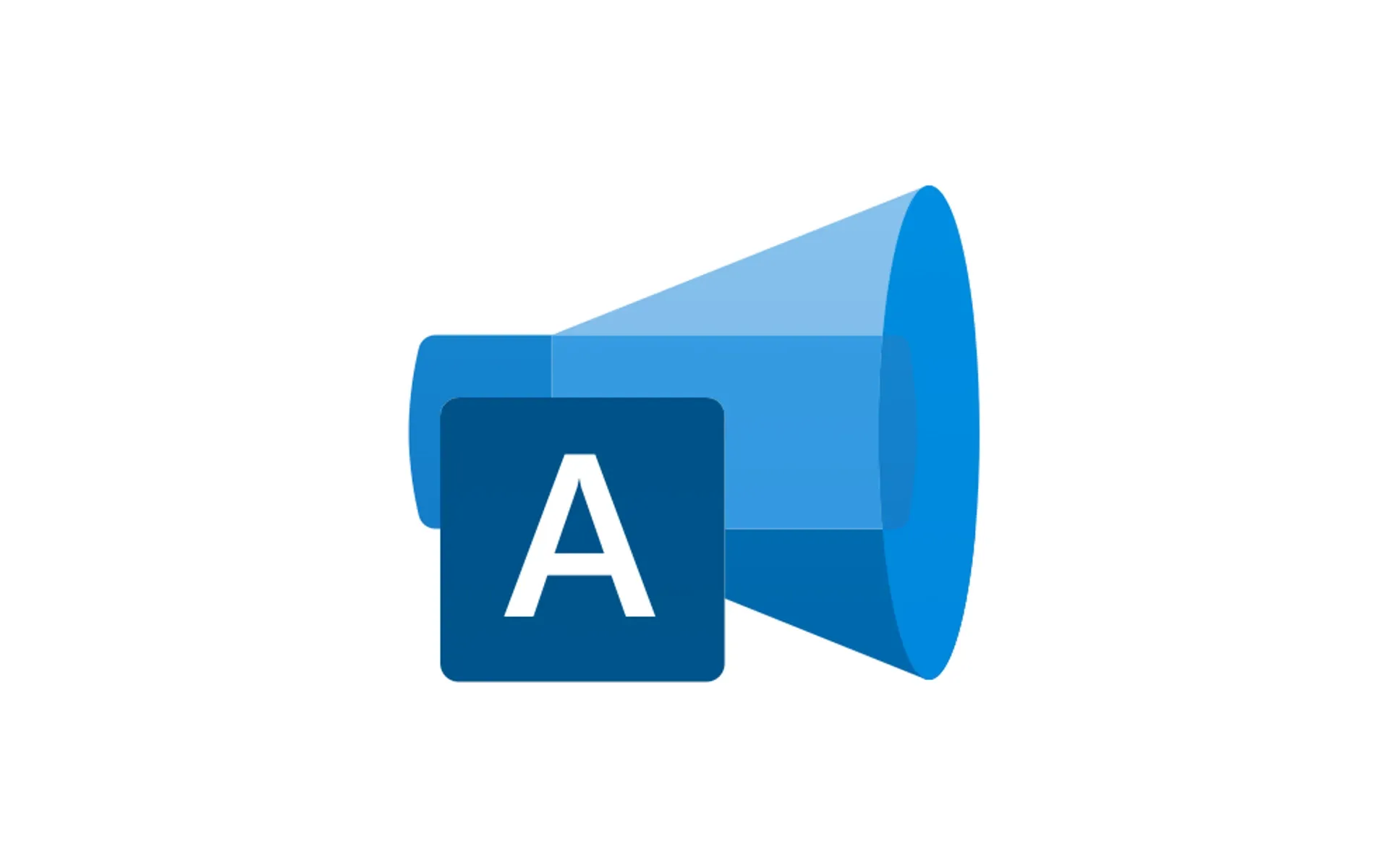Microsoft Advertising unveils Brand Lists for Performance Max Campaigns
New feature allows advertisers to control ad visibility and brand associations in Performance Max campaigns on Microsoft Advertising.

Microsoft Advertising this week started introducing a new feature called brand lists for Performance Max campaigns, reported first by Search Engine Land. This development, which comes just two days ago, marks a significant step in providing advertisers with more granular control over their ad placements and brand associations within the Microsoft Advertising ecosystem. The feature, which is currently being rolled out, allows advertisers to exclude their ads from appearing alongside specific brands, potentially improving ad relevance and return on ad spend (ROAS).
The introduction of brand lists addresses a long-standing concern in the digital advertising industry: the need for greater control over brand safety and ad placement. As automated advertising solutions like Performance Max campaigns become more prevalent, advertisers have been seeking ways to maintain control over where their ads appear and which brands they are associated with. This new feature from Microsoft Advertising aims to provide that control while still leveraging the power of automated campaign management.
According to the official Microsoft Advertising documentation, brand lists offer several key benefits. First and foremost, they allow advertisers to mitigate risks associated with the brands their ads appear alongside. By choosing brand exclusion, advertisers can determine how they want their ads to appear on the Microsoft Advertising Network. This level of control is crucial for maintaining brand integrity and avoiding potentially damaging associations.
Another significant advantage of brand lists is the ability to display ads with more relevant content. By carefully curating the brands they do and don't want to be associated with, advertisers can ensure that their target audience sees their ads in a context that's appropriate for their brand. This contextual relevance can lead to improved ad performance and a better user experience for potential customers.
The brand lists feature also aims to help advertisers optimize their return on ad spend. By managing the contexts and placements where their ads appear to suit their brand needs, advertisers can maximize their budget effectiveness. This is particularly important in the current economic climate, where marketing budgets are under increased scrutiny and every advertising dollar needs to demonstrate clear value.
One of the more technical aspects of the brand lists feature is its ability to account for potential brand misspellings. According to Microsoft, advertisers only need to provide the correct brand name when creating their lists. The system will then identify potential misspellings that might occur within search queries that trigger the ad. This automated approach to handling misspellings can save advertisers time and ensure more comprehensive coverage of their brand exclusions.
The process of creating and managing brand lists involves several steps. Advertisers can create up to 20 brand lists, which can be accessed through the Tools menu in the Microsoft Advertising interface. When creating a list, advertisers can search for specific brands to add from a predefined list or request specific brands to be added. These brand requests undergo an editorial review process, which typically takes four to six weeks to complete.
It's worth noting that brand exclusion lists are currently only available for Performance Max campaigns. This limitation reflects the growing importance of automated campaign types in the digital advertising landscape. Performance Max campaigns, which use machine learning to optimize ad placements across multiple channels, have become increasingly popular due to their ability to streamline campaign management and potentially improve performance.
The introduction of brand lists for Performance Max campaigns can be seen as part of a broader trend in the digital advertising industry towards greater automation coupled with more granular controls. This balance is crucial as advertisers seek to leverage the efficiency of automated systems while maintaining control over their brand image and ad placements.
To provide some context, it's helpful to look at similar features offered by other advertising platforms. Google Ads, for instance, has had brand safety controls in place for some time, allowing advertisers to exclude their ads from appearing alongside certain content categories or on specific websites. However, Microsoft's approach with brand lists appears to offer a more brand-specific level of control, focusing on exclusions based on brand names rather than broader content categories.
The introduction of brand lists also reflects the increasing sophistication of digital advertising platforms. As these platforms collect and process more data, they're able to offer more nuanced targeting and exclusion options. This trend is likely to continue as artificial intelligence and machine learning technologies become more advanced and are integrated more deeply into advertising platforms.
However, it's important to note that while brand lists offer greater control, they also introduce new complexities for advertisers to manage. Creating and maintaining these lists will require ongoing attention and strategic thinking about which brands to exclude and why. Advertisers will need to balance the desire for brand safety with the potential for limiting their ad reach if they exclude too many brands.
The four to six week review period for brand requests indicates that Microsoft is taking a careful approach to vetting these additions. This review process likely involves checks to ensure that requested brands are legitimate and that their inclusion in exclusion lists won't unduly impact the advertising ecosystem or violate any legal or ethical standards.
As with any new advertising feature, the true test of brand lists will come as advertisers begin to implement and experiment with them in real-world campaigns. It will be interesting to see how different industries and brands leverage this tool, and what impact it has on overall campaign performance and brand safety outcomes.

